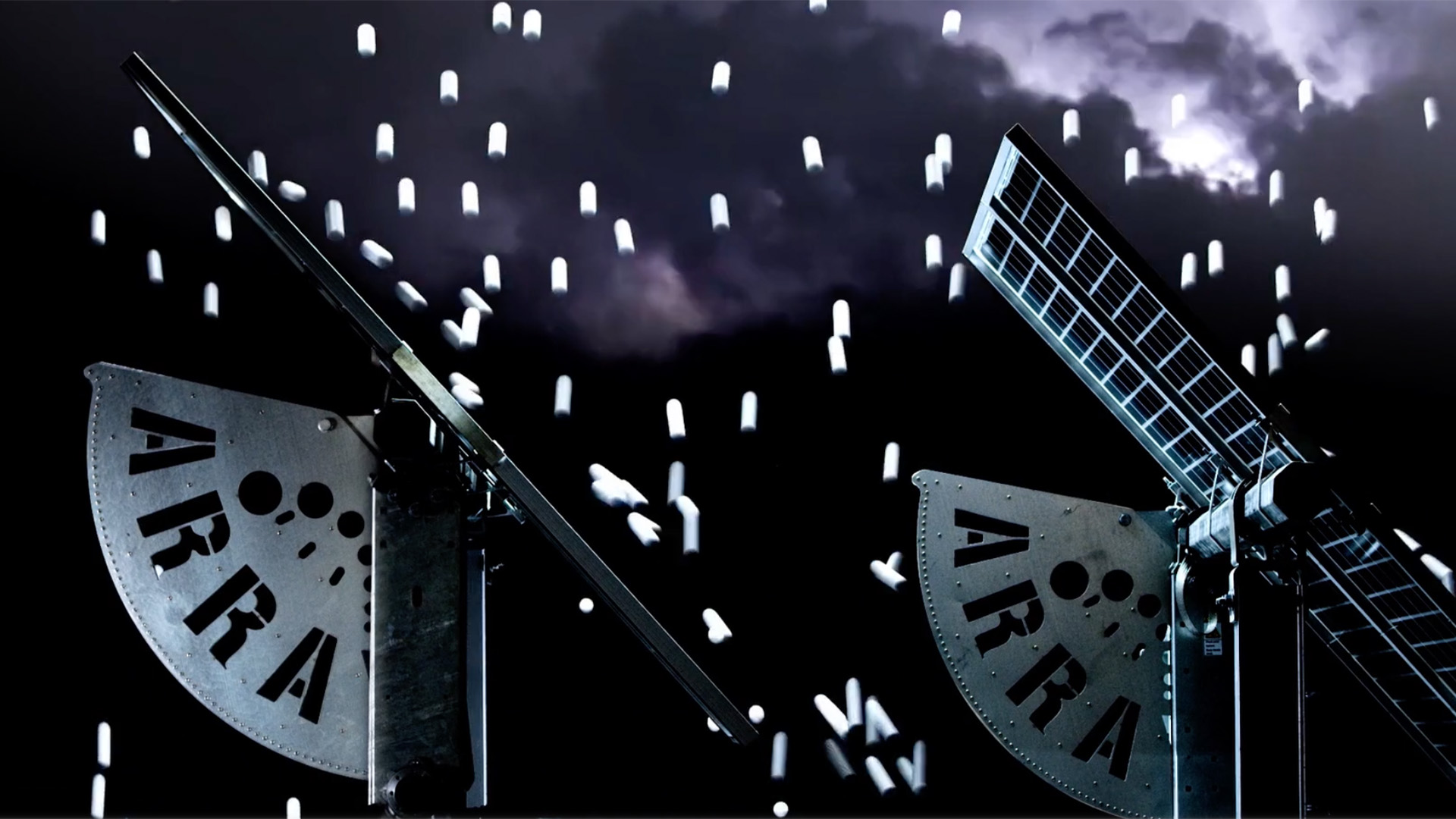
There’s a severe weather challenge that utility-scale PV operators face: hail and wind work together. Rarely do you find hailstorms arriving with low winds. This means utility-scale PV plants need robust, durable, and reliable protection against these tandem elements.
NOAA, the National Oceanic and Atmospheric Administration, issues a Severe Thunderstorm Warning through the National Weather Service (NWS) when their sophisticated sensors discover hail over an inch in diameter coupled with winds equal or exceeding 58 miles an hour. These severe thunderstorms, producing large hail and high winds, can quickly produce tornado-like damage.
These warnings happen often. More often than you think. And for you quantitative types out there, NOAA summarizes annual weather activity in incredible detail.
In 2018, they recorded 4,610 large hail events as part of their severe weather reporting in North America.
These factors are important for utility-scale PV operators to consider as the consequences of severe hail or wind can devastate plant operations. Severe weather risk mitigation, essentially preventing the damage to modules and the tracker platform, requires an effective strategic response to BOTH severe wind and hail.
Handling one without the other is, as they say, sub-optimal.
ARRAY’s DuraTrack® HZ v3 is the only solar tracker on the market with a fully automatic, failure-free wind-load mitigation system that doesn’t rely on active stow, sensors, or electricity. This means that when severe weather hits, the passive wind feature automatically rotates modules to the safest position for high winds, locking vulnerable modules in the full-tilt angle. Additionally, authorized site operators have the ability to manually control the entire solar plant with software if a rapid response is warranted.
Surprisingly, solar trackers that depend on active stow are not designed to handle sustained wind gusts at high angles. During hail events, trackers that rely on active stow face real risk of wind damage if they attempt to position modules at high angles.
While many solar trackers stow at low or 0° angles during severe weather, the engineers at ARRAY have partnered with leading aerodynamic engineering firms like RWDI to study the effects of extreme wind and the merits of dynamic, flexible approaches to this complex issue.
For more information on wind risk mitigation, watch our recent PV Magazine webinar: High or low tilt angles for single-axis trackers in extreme winds – a different approach.
Wind and hail present a dual-threat challenge. Solar trackers that place modules in a flat orientation during severe wind events paradoxically then place modules at highest risk of damage from large hail. Given that NOAA recorded over 4,600 severe weather events in 2018 with hail and winds over 58 MPH, an inflexible, uncoordinated response to a combined wind and hail event will inevitably increase risk.
Thoughtful PV plant management requires a coherent and aligned wind and hail risk mitigation strategy. Working together. Mitigating risk for hail while increasing risk for wind is an equation for eventual disaster. The engineers at ARRAY technologies have put thoughtful design into the DuraTrack HZ v3 to flexibly help reduce risk in severe weather of all types. Tested in the field for over 30 years, with quality components designed with a 30-year lifespan in mind, ARRAY trackers optimize uptime and plant ROI.
Hail Resistance Requires Wind Mitigation
Hail and wind are destructive partners. Insurance companies regularly combine wind and hail damage in the same policy. They do this because hail and wind typically happen at the same time. For utility-scale PV plant operators, having a sound, reliable strategy for handling both wind and hail is a basic requirement.
Reach out to us to learn more about how ARRAY Technologies can be your trusted partner in utility-scale PV and how our experience in wind and hail can be your advantage.
Click here for other articles by this author




